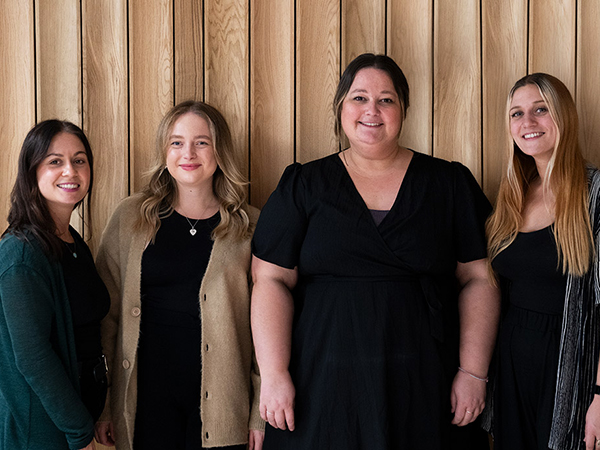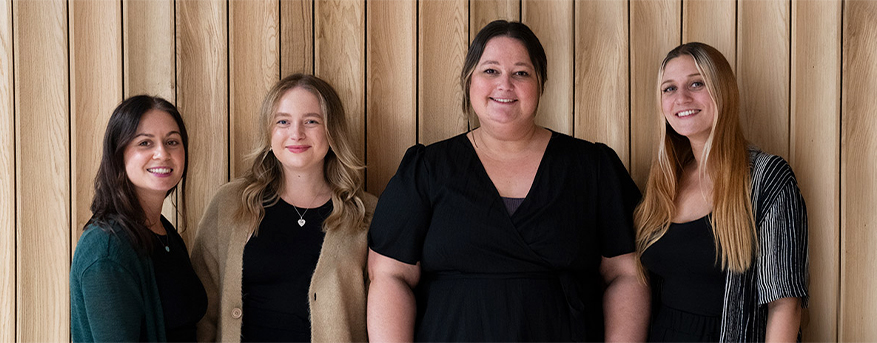Trinidad and Tobago bird watching guide
Our bird watching in Trinidad and Tobago guide takes you around some of the best birding spots. It really is worth taking two weeks to enjoy both islands, each varying in topography and habitats. Trinidad’s wetlands are stunning, and Tobago’s Forest Reserve is one of the oldest protected rainforests in the world. All in a tiny country with many accessible spots that are delightfully unspoiled by tourism.





































